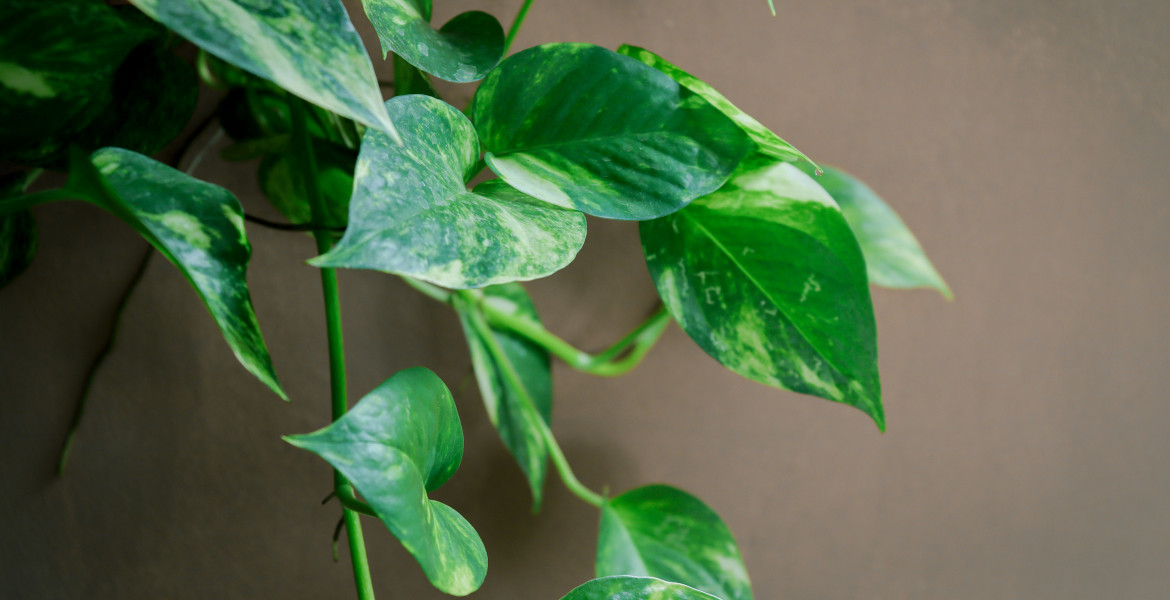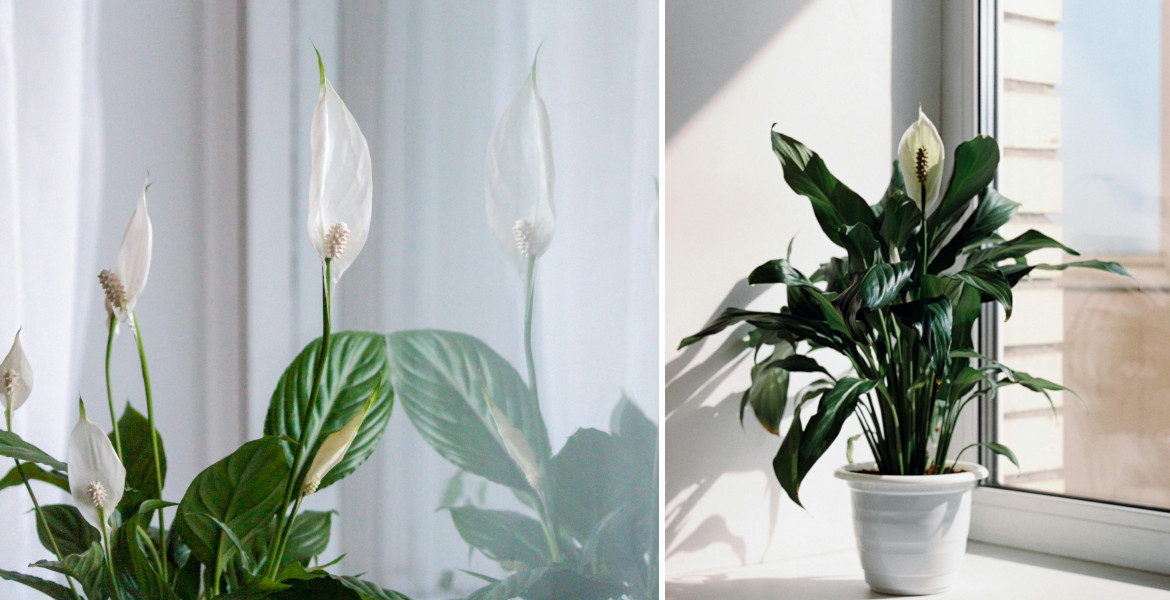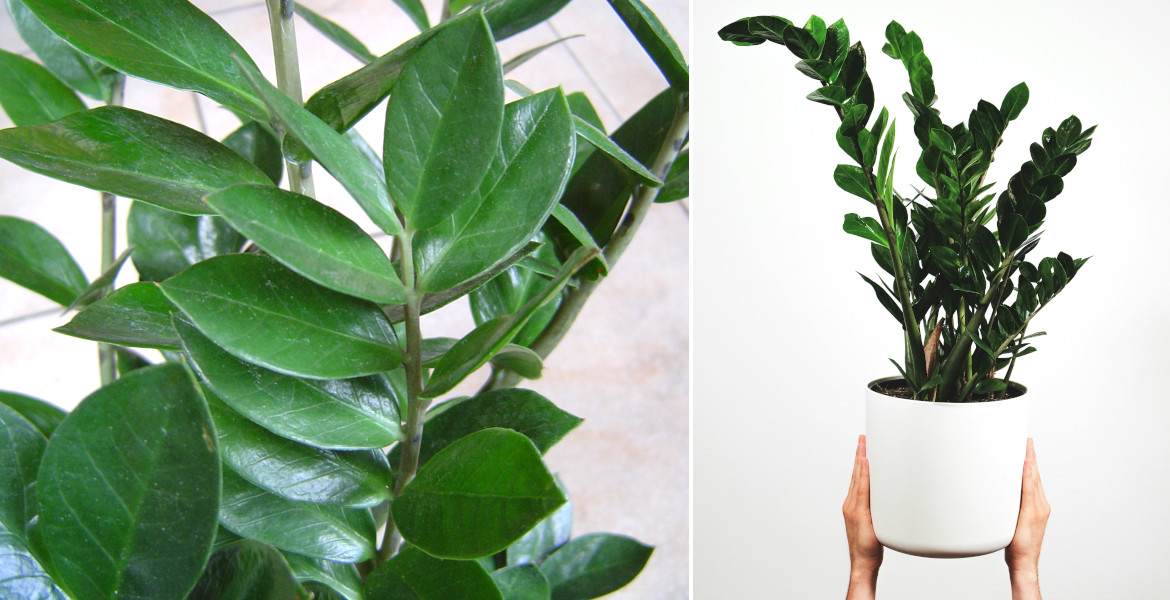Consumers in Germany, Denmark, and the United Kingdom place a higher value on animal welfare than on low carbon emissions when it comes to the prices of pork, according to a new study at the University of Copenhagen.
In China, food safety is the highest priority for consumers to accept paying a higher price.
Through a questionnaire, participants from Denmark, Germany, the UK, and China answered questions about sustainability factors in the pork industry. In total, about 1,500 people from each country participated.
Participants were tasked with prioritizing which factors were more important than others in the pork industry, in other words, what they would prefer to pay more for. The factors to choose from were animal welfare, so-called "carbon footprint" (carbon emissions), use of antibiotics, food safety, and protection of rainforests.
In the study, which was published in the scientific journal Livestock Science, it was observed that about 75% of participants from Germany, Denmark, and China would generally pay more for all five factors. In the UK, the figure was 60%.
When participants were asked to choose, they prioritized other factors over lower carbon emissions. In Denmark, China, and the UK, "climate impact" ranked second to last on the list, after protection of rainforests and food safety respectively. In Germany, the carbon aspect was at the bottom of the priority list.
"Not what consumers care most about"
– In light of how much climate has occupied public debate in recent years, we were surprised that bringing down the climate footprint was given such a relatively low priority among consumers, says Thomas Bøker Lund at the University of Copenhagen, in a press release.
In Western countries, animal welfare stood at the top of the list of factors consumers would prefer to pay more for. In China, the priority was food safety. The researchers concluded that labeling meat as "climate-friendly" wouldn't change this.
– The answers clearly demonstrate that focusing solely on climate improvements in pork production is not what consumers care most about when buying pork. They see it as important that pigs have had a good life, and that this is more important than climate-friendly production, says Professor Peter Sandøe.
Researcher: "Climate considerations" clash with animal welfare
Furthermore, the researchers highlight that minimizing carbon emissions can directly conflict with ensuring animal welfare.
– It's a real dilemma that maximizing climate friendliness may require pushing animals on a number of other fronts. For example, the breeding of sows that give birth to more and more piglets per litter or to keep animals indoors so as to sequester more direct emissions than if they were to roam outdoors. Or to feed pigs finely ground feed, so that nothing goes to waste, but which gives them stomach ulcers, Sandøe points out as examples.
– Conversely, the kinder one is with the animals, the greater the climate impact per kilo of meat, he summarizes.












